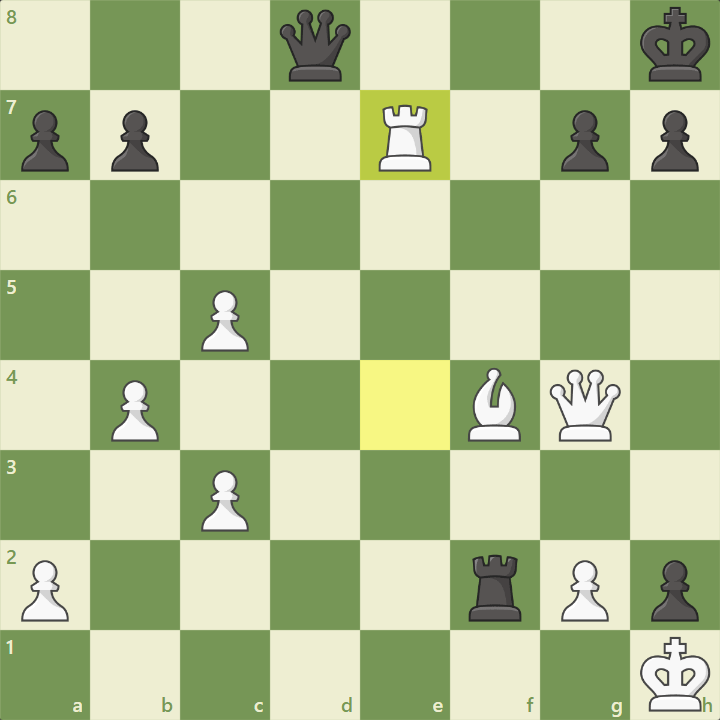
Overloading
Sometimes a chess piece can have too much on its plate. When this is the case, a whole position can fall apart in a matter of seconds! This article teaches you the concept of overloading in the royal game and how it can change the outcome of a game.
What Is Overloading In Chess?
Overloading happens in chess when a piece is given too many defensive duties at the same time by a player and cannot execute them properly. These defensive roles can include the protection of pieces or key squares as well as the blockade of files, ranks, or diagonals.

Why Is Overloading Important?
Identifying your opponent's overloaded pieces is a big part of winning at chess since they can be breeding ground for tactics. These pieces give a false sense of security to the defender, who can then let their guard down and suffer a devastating attack.
Take a look at this position from a game played between Jose Raul Capablanca and Rudolf Spielmann. It seems that all the attacked black pieces are protected and out of danger.

If you look carefully, though, you can notice that the queen is in charge of protecting two different threats. The poor lady cannot defend the bishop on e7 and the eighth rank at the same time. Capablanca spotted the overloaded piece and acted right away!

If the black queen recaptures the rook, White would be able to deliver a back-rank mate with his queen! Black had to accept this mistake and play the rest of the game a piece down. Capablanca went on to win this battle.

Overloaded pieces can have an even worse effect on a player's position. You can see how overwhelming a defensive piece can cause a player's downfall in this game between GM Vladimir Kramnik and GM Nukhim Rashkovsky.
In the position below, it seems that Black is holding everything together. His two rooks are protecting the seventh rank, but notice how the knight is protecting the h7-pawn and the g8-square simultaneously.

Kramnik found a beautiful queen sacrifice that would lead to a checkmate. After the move 31.Qxh7+, Rashkovsky resigned.
Test Your Skills
Now that you are familiar with the concept of overloaded pieces, it is time for you to test your skills! Solve each of the puzzles below using your newly gained knowledge.
Puzzle 1: In this game played between GM Lubomir Ftacnik and GM Yasser Seirawan, it seems that White is defending all of his pieces adequately. Can you spot the idea that Seirawan saw and win material?
Puzzle 2: This is the 16th and last game of the World Championship Match of 1908 between Siegbert Tarrasch and Emanuel Lasker. Lasker, playing as Black, spotted an overloaded white piece in this position. Can you play like the former world champion and punish Tarrasch's mistake?
Puzzle 3: In this battle between GM Veselin Topalov and GM Magnus Carlsen, Topalov overlooked the fact that one of his pieces had too many things to protect. He abandoned the game before Carlsen played the winning move. Can you see why Topalov resigned?
Conclusion
You now know what an overloaded piece is and how it affects a game of chess. Try out our premium membership for free, watch our lesson about overloaded pieces and get even better at using this concept to win more games!







